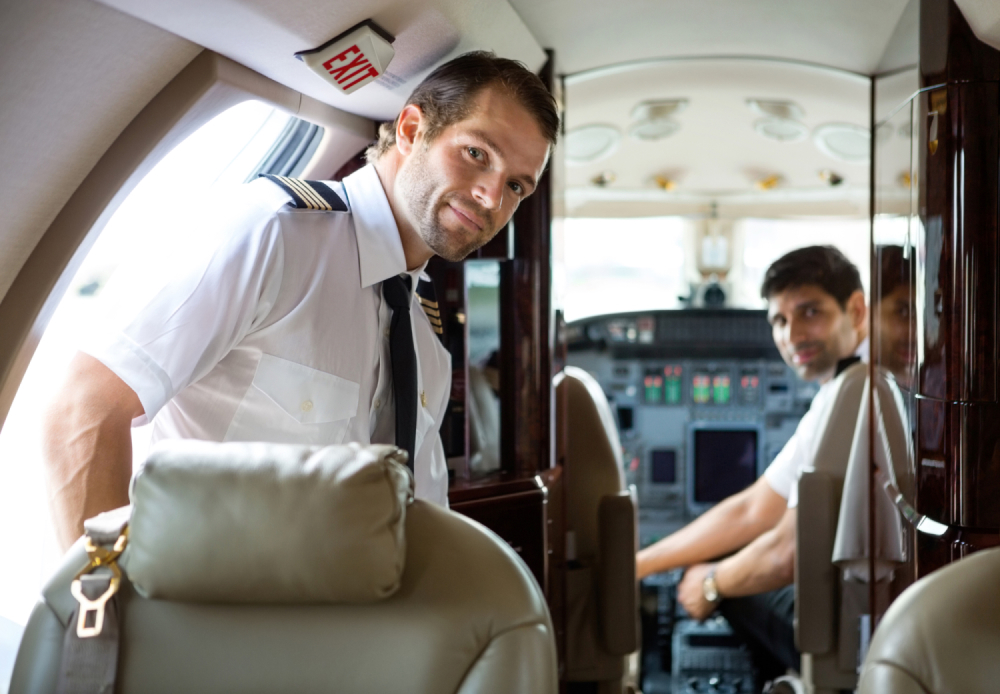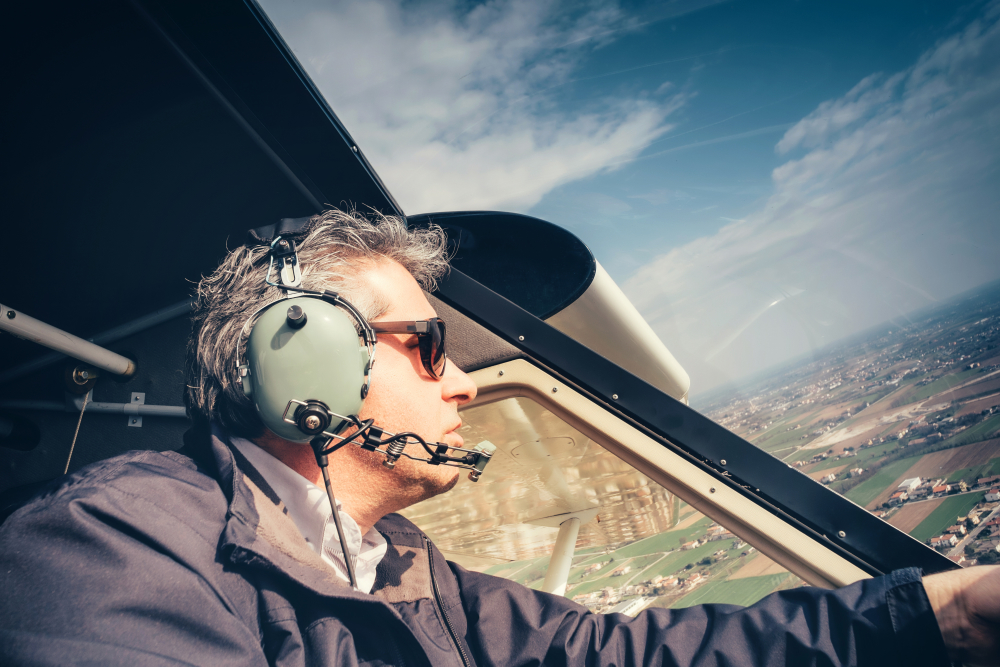Switch to:
 EN
EN  Português (PT)
Português (PT)  Español (ES)
Español (ES)
We’ve already presented a step-by-step guide here for anyone interested in pursuing a career as a pilot in executive aviation. Now, let’s answer a common question among passengers and enthusiasts in the aeronautical world: what is the difference between a commander and a pilot?
We can say that pilots are all those individuals qualified and licensed to fly aircraft – professionally or for leisure, in the civil or military area. We understand, then, this denomination as a professional description, without going into the specific merit of qualifications, seniority, or degree of experience.
In Brazil, there are two main pilot licenses: the private pilot and the commercial pilot. Either requires preparatory courses and assessments regulated by the National Civil Aviation Agency (Anac). Even with a degree in one of these options, pilots continue for years to obtain other specific qualifications according to their interests and career.
What is the difference, then, between a commander and a pilot?
If “pilot” is a generic name, the commander is primarily responsible for a flight. Professionals thus qualified belong to the top of the airline pilot career, commonly accumulating many hours of flight, years of experience, and various licenses and certifications.
Perhaps the main one of these certificates is that of Airline Pilot (PLA), acquired through a theoretical test organized by Anac and a check flight. This practical assessment can only be carried out by those who have flown at least 1,500 hours. Not all companies require the PLA for their commanders, but it’s a big differentiator.
Due to the position’s differentiated theoretical and practical preparation, it is the commander’s responsibility to ensure the safety of the flight, crew, and passengers. They are responsible for registering births or deaths that may occur during a trip or for keeping valuables. In short, it is the highest authority within the aircraft, and it is up to them to make any sensitive decision that is necessary.
The role can also be called “pilot-in-command”. In Brazil, the regulation of the Ministry of Defense, ICA 100-12, defines: “(a) The pilot-in-command of an aircraft will have decision-making authority in everything that relates to it while in command. (b) The pilot-in-command, whether operating the controls or not, shall be responsible for ensuring that the operation is carried out in accordance with the Rules of the Air, and may deviate from them only when absolutely necessary to meet safety requirements”. This definition may be slightly different in one country or another, but it effectively correlates internationally.
The Other Pilot
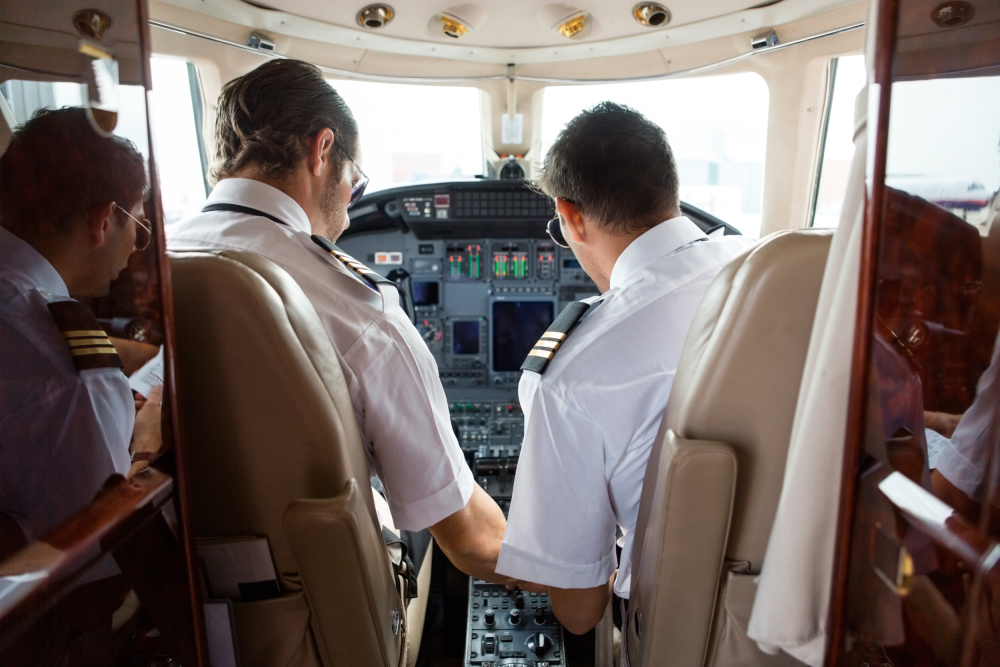
In addition to the captain in the cabin of an airplane, especially in regular commercial operations, is always a companion by their side: the co-pilot. This professional is also referred to as a first officer and has the necessary skills and licenses to fly an aircraft. Thus, in terms of technical aspects, commanders and pilots do not differ.
The difference between them is almost always one of experience, licenses, and seniority. Although they are also authorized to fly, this professional, as a co-pilot, is responsible for monitoring all phases of flight, the actions and inactions of the pilot who is navigating the plane, in addition to supporting their needs, checking procedures and technical executions, and assisting in what else if necessary.
Commander and co-pilot even change positions during flights, with the one who was monitoring going to control the aircraft and vice versa. These actions are always carried out with constant dialogue, to maintain the assertiveness of communication between both parties.
Normally, the co-pilot position is the gateway for a professional who has graduated and wants to pursue a career in aviation. From there, they will climb the next steps of their journey to occupy the position of commander, if they so choose.
Pilots’ licenses and licenses
Throughout a career towards the rank of commander, much study will be required and an Individual Flight Log (CIV) will be quickly filled. Check out some of the existing certifications, in addition to the aforementioned PLA.
Private pilot (PPL):
Can be issued from the age of 18. Composed of a theoretical course and practical test. Once approved, the individual will be able to fly unpaid in single-engine aircraft.

Commercial pilot (CPL):
One more stage of a theoretical course and another of practical evaluation. With this license, it is possible to be paid as a single-engine pilot.
Instrument Flight (IFR)
Qualification where the student develops the ability to safely operate aircraft under weather conditions that prevent visual command. It consists of a theoretical course and check flight.
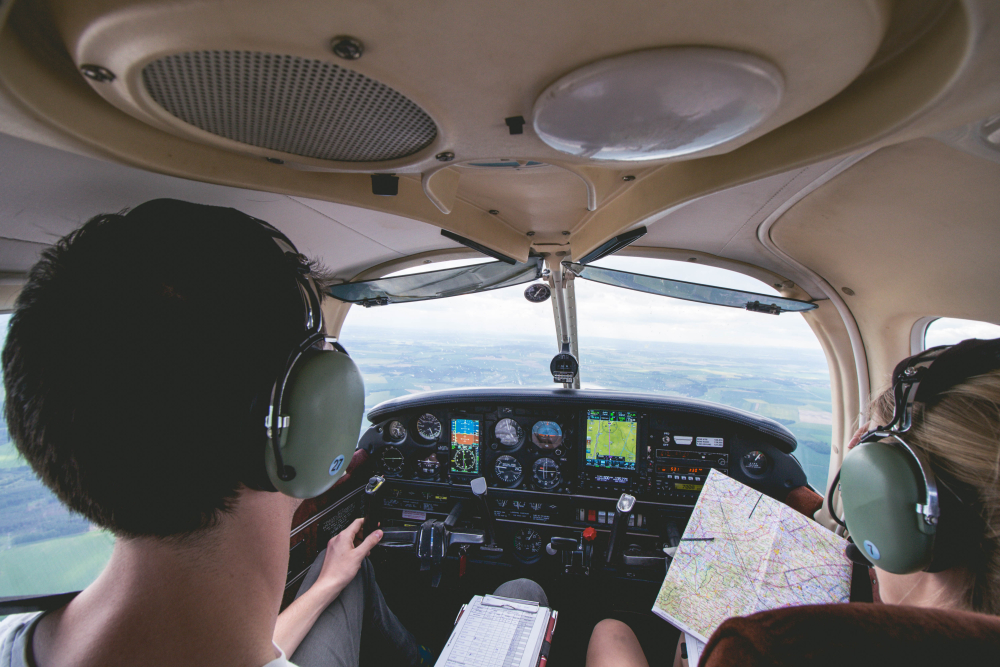
Multi-engine flight:
Qualification for pilots to command twin-engine and other multi-engine aircraft.
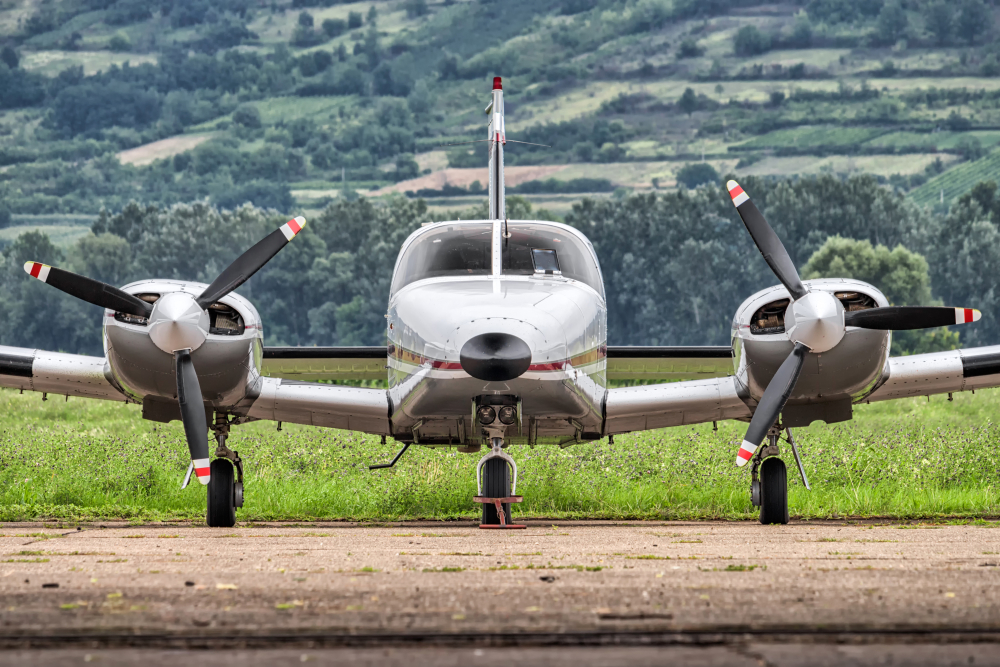
Flight Instructor (CFI):
Course to train new instructors. It also requires studies and another test, focused on teaching and learning skills.
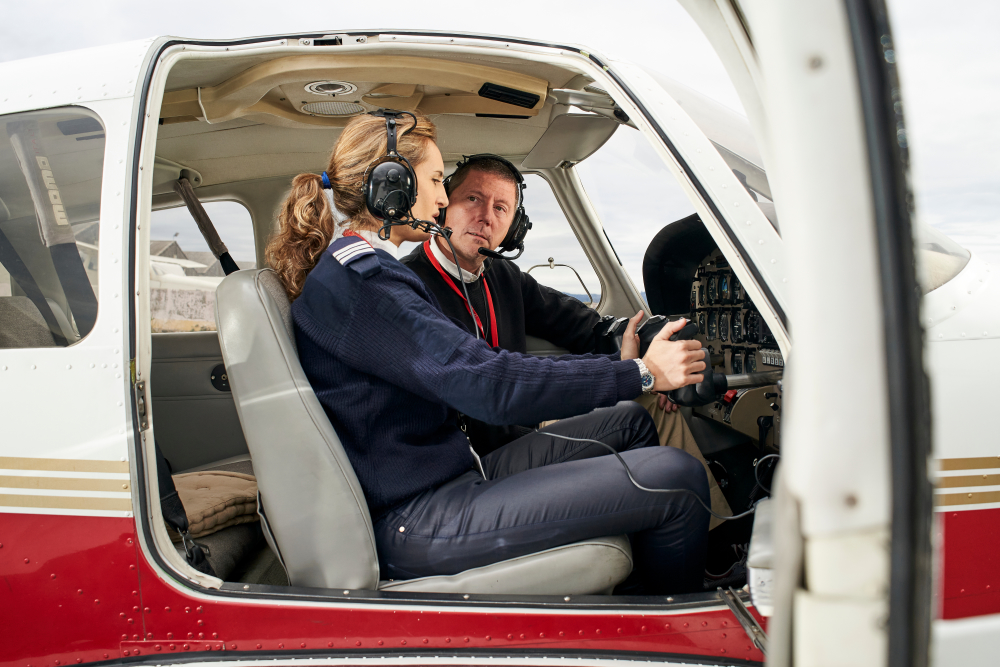
In addition to these certifications, other skills are often requested by contractors. The ICAO Test, developed by Anac, assesses candidates’ abilities to communicate and understand English in aviation-related contexts. The minimum level of approval is 4. The maximum is 6. Depending on the result, there are differences in the time of validity of the certificate.
Many companies also demand approval for Jet-Training, which enables pilots to fly jets and not just turboprops and other types of aircraft. There are even companies that request experience or specific training on the aircraft they own, while others choose to provide this training themselves.
Book Your Trip with Flapper
This succession of courses, tests, training, certifications, and qualifications may seem excessive, but they are nothing more than ways to guarantee the safety of each passenger who boards an aircraft.
At Flapper, we only work with partners that follow the regulations of all relevant aviation authorities, ensuring that our customers’ experience meets aviation quality and excellence standards.
To fly with us, simply access our website or app. You can simulate your next trip by customizing all the details: departure and arrival airports, times, dates, preferred aircraft, etc.
You will have at your disposal a service that fits your schedule according to your needs. Ensure an unforgettable experience, with great agility, practicality, comfort, and safety: choose your aircraft and fly with Flapper!


